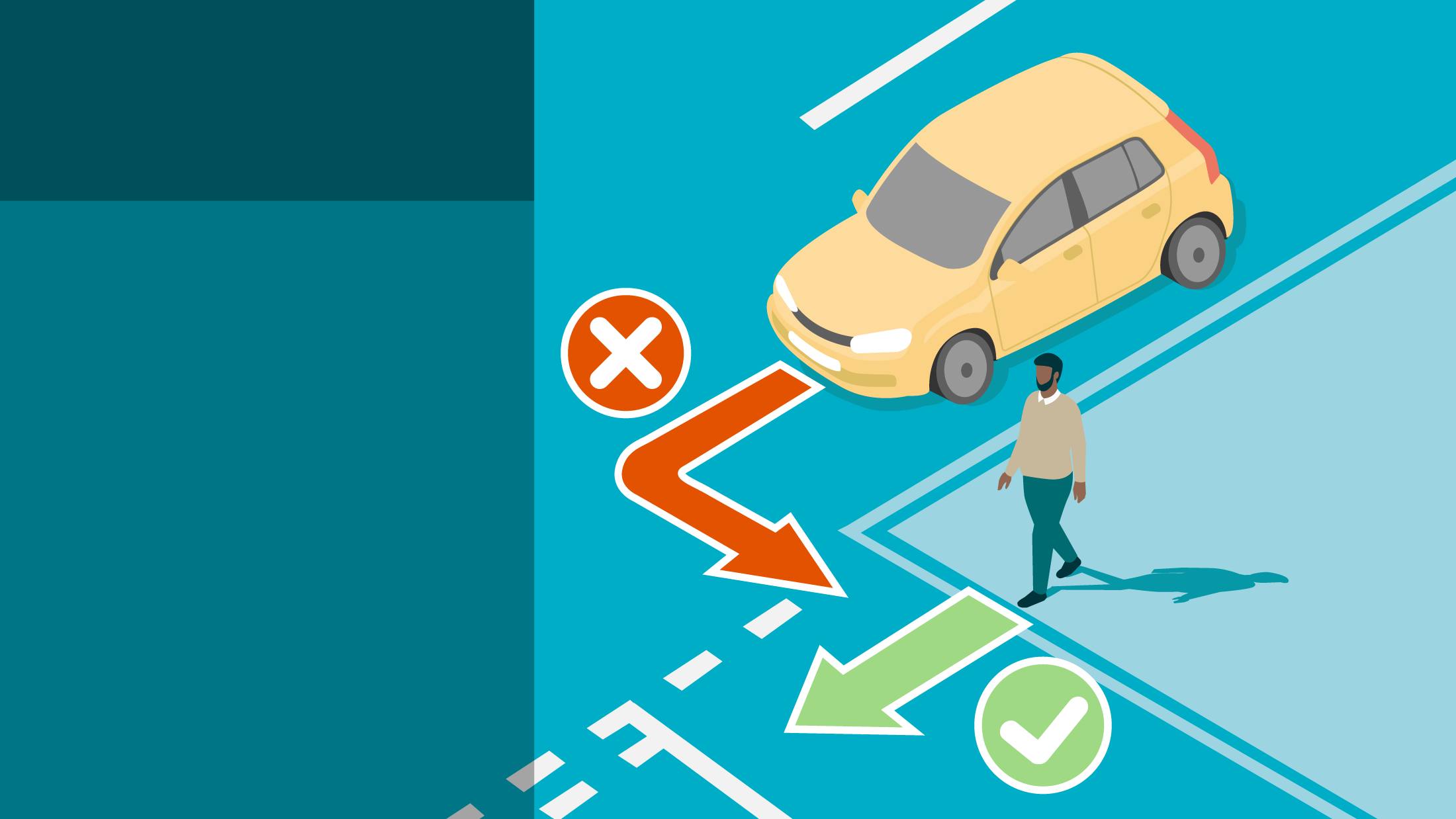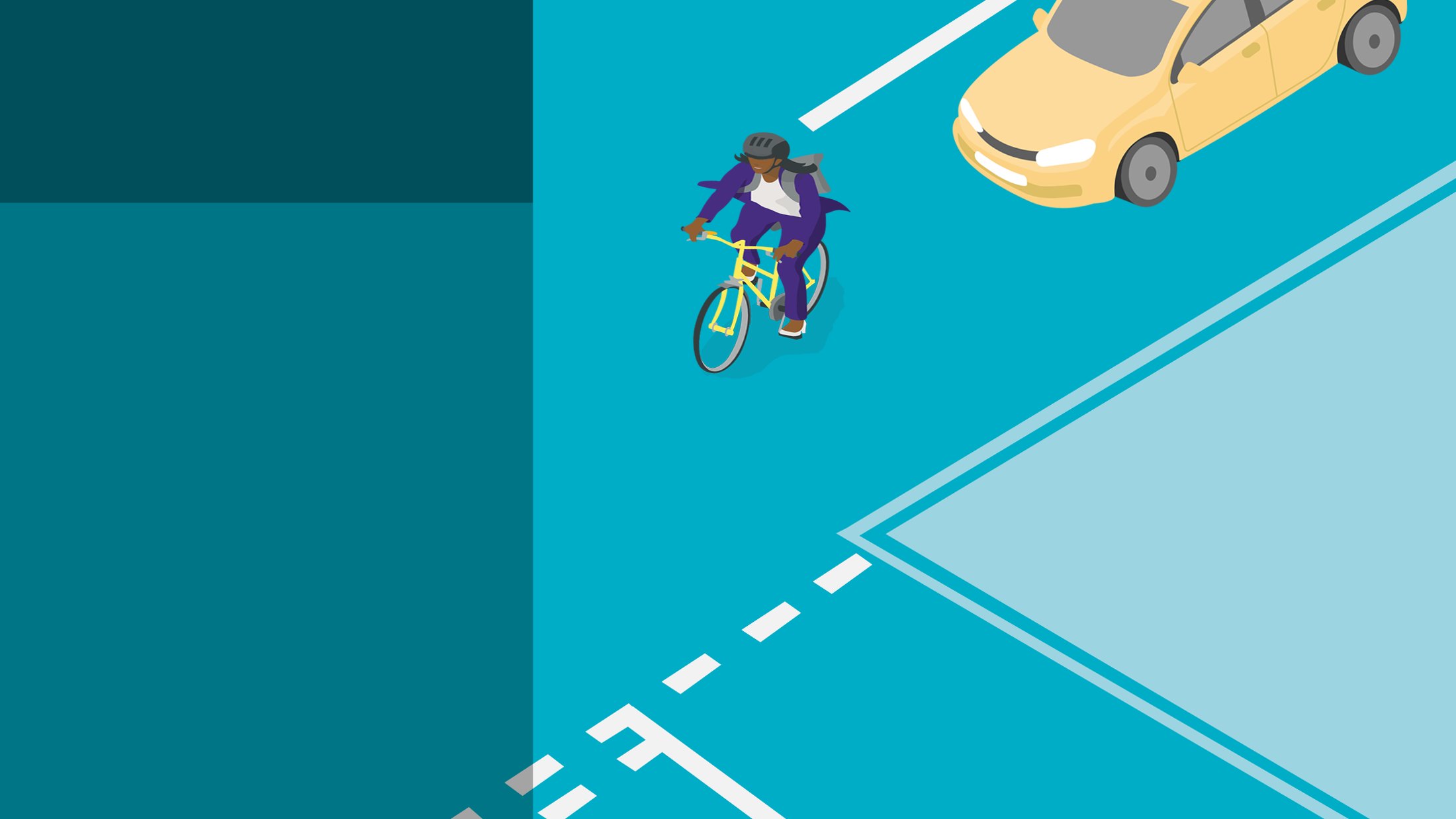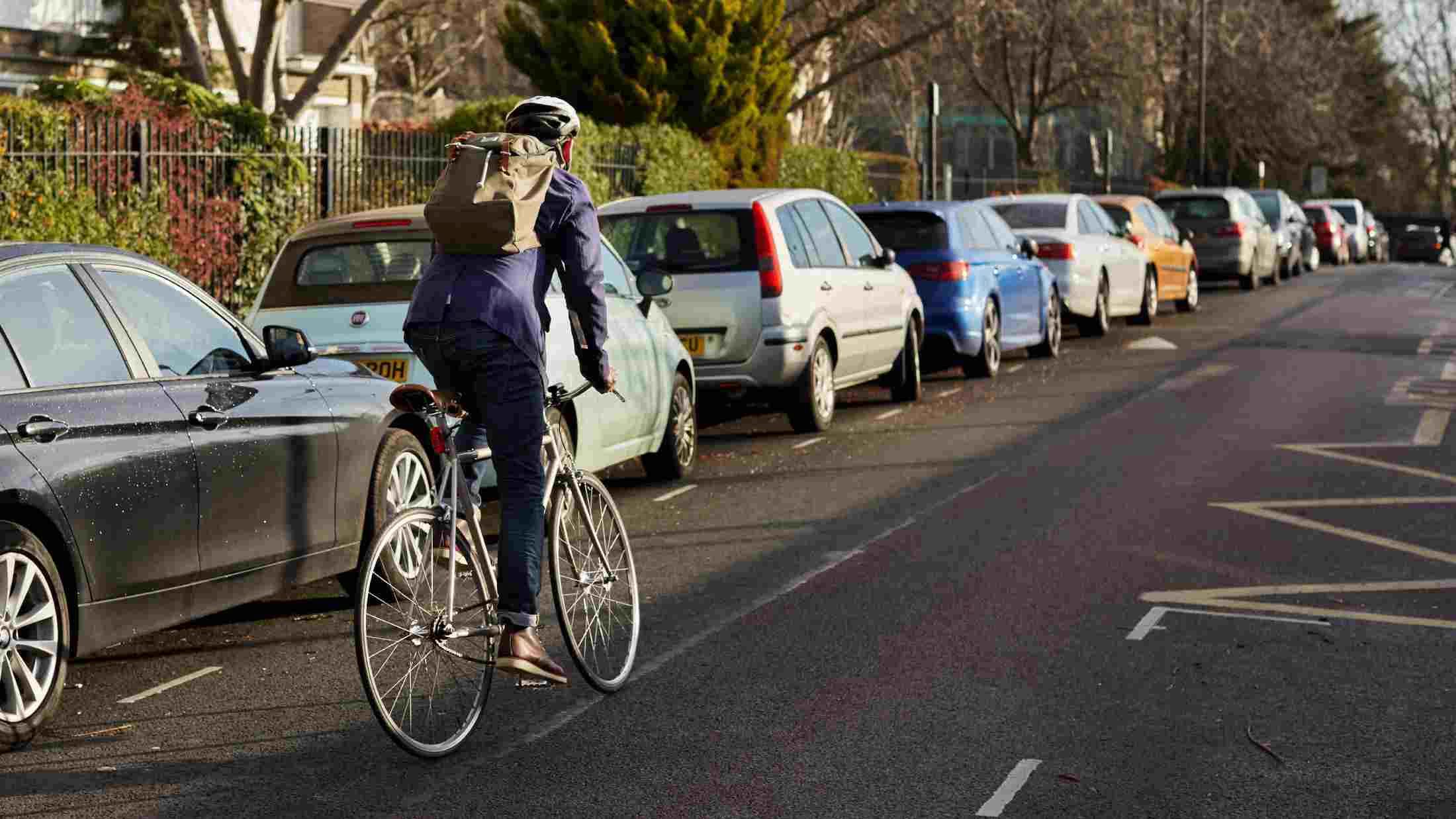The Highway Code is set to change, with new rules coming into effect from 29th January.
The most significant change is the ‘Hierarchy of Road Users’, which puts more responsibility on drivers to take care and reduce danger to vulnerable road users, such as cyclists and pedestrians.
Find out all you need to know:
- What is the Highway Code?
- What are the new Highway Code changes?
- What other rules are being introduced?
What is the Highway Code?
The Highway Code is a set of mandatory rules, information, advice and guides for road users in the UK, to ensure road safety. It applies to all those who use the road, including pedestrians, horse riders, cyclists, as well as motorcyclists and drivers.
What are the new Highway Code changes?
The new rules have been split up into 3 parts: H1 - Hierarchy of Road Users, H2 - Priority for pedestrians at junctions, and H3 - Priority for cyclists when cars are turning.
Rule H1 – Hierarchy of Road Users
The new Hierarchy ranks road users in order of who would be most at risk in the event of an accident:
- Pedestrians
- Cyclists
- Horse riders
- Motorcyclists
- Cars and taxis
- Vans and minibuses
- Large passenger vehicles or courier vehicles like buses and HGVs
Cyclists and horse riders have responsibility to look after pedestrians, with those behind the wheel of a larger vehicle prioritising users further up the hierarchy (i.e. - cyclists, horse riders and pedestrians).
However, it’s important to note that the responsibility is for all road users to have regard for their own and other road users’ safety.
Rule H2 – Priority for pedestrians at junctions
This update is aimed at drivers, motorcyclists, horse riders and cyclists, to make the roads safer for pedestrians.
So if you’re turning into a junction, you now need to give way to pedestrians so they can safely cross the road.
You must also give way to pedestrians waiting to cross a zebra crossing, and pedestrians and cyclists waiting to cross a parallel crossing.
Cyclists will also have to give way to pedestrians when on a shared cycle track.

New rule
Give way to pedestrians at junctions
Rule H3 – Priority for cyclists when cars are turning
This update means that when drivers are turning in or out of a junction, or changing lanes, they need to give priority to cyclists – to help stop drivers cutting up the path of cyclists, or those on horseback.
If turning into a junction would cause the cyclist or horse rider to stop or swerve, you’re advised to wait until there’s a safe gap for you to turn.
The new rule applies whether they are using a cycle lane, a cycle track, or riding ahead on the road and you should give way to them.
Cyclists should also ride in the centre of their lane to make themselves more visible on quiet roads and in slow moving traffic, or on the approach to junctions when it would be unsafe for the vehicle to overtake.

New rule
Ride in the centre of the lane to make yourself visible in certain situations
What other rules are being introduced
You must now leave at least 1.5 metres when overtaking people cycling, at speeds of up to 30mph, and give them more space when travelling at higher speeds. When overtaking pedestrians and horses, cyclists are now advised to slow down and alert others by ringing their bell.
At roundabouts, cyclists should not be overtaken and must be given plenty of room by drivers.
The code also recommends a new technique when leaving vehicles, sometimes called the ‘Dutch Reach’, where people should open the door using their hand on the opposite side to the door they are opening. For example, using their left hand to open a door on their right-hand side. To make you turn your head to look over your shoulder behind you.
It is already illegal to text or make a phone call using a hand-held device while driving – but, strengthening of laws will go further to ban drivers from using their phones to take photos or videos, scroll through playlists or play games.
Visit the government website for more information.
And, if you’re in the market for an insurance policy, why not take a look at AXA car insurance?











